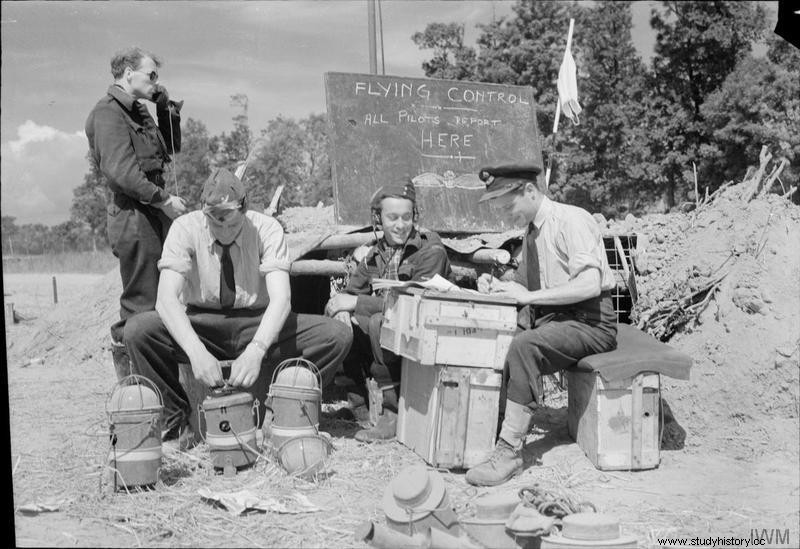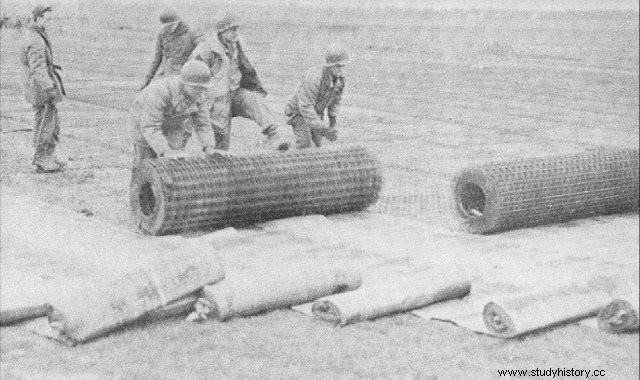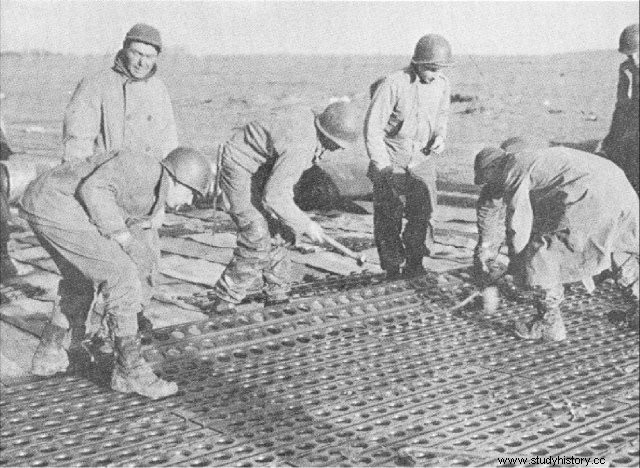From early 1943, the British Prime Minister Winston Churchill and US President Franklin D. Roosevelt they met to plan the invasion of the German-occupied continent. But it was not until 1944 that the right circumstances arose:the Germans had lost Africa and the Allies had made the leap to Italy via Sicily; furthermore, the Red Army was pushing very hard from the Eastern Front. The Allied effort was concentrated on landing in Europe an army that, after liberating France, would reach the very heart of the Third Reich. Likewise, Hitler was clear that there would be an Allied landing on the French Atlantic coast, but British intelligence led him to believe that the landing in Normandy, in northwestern France, was just a distraction and that the real landing would take place in Calais (nearly 400 km further north).
The specific day on which the invasion would begin would not be left to chance either; thanks to the British mathematician Arthur Thomas Doodson and especially to his machine for the prediction of the tides, it was calculated that the best dates for the start of the operation were between June 5 and 7, 1944. On those days, the tide would be low enough not to cover the traps and, in this way, the demolition teams could locate them and open a corridor for the landing; and high enough so that the boats could unload the troops and then leave without danger of being stranded on the beach. On June 6, the liberation of France began:D-Day .

The success of the landing had to be accompanied by the consolidation of the positions taken from the Germans and, for this, the allied forces had to receive continuous supplies and reinforcements, the possibility of evacuating the wounded and air support. The problem was that airfields were not always available near the new positions on French soil. This issue was fixed with the Advanced Landing Ground or ALG (Advanced Flight Fields), Ikea-type airfields —you take it and you ride it — . These types of aerodromes would be built on extensive plains free of trees, locations previously located through the photographs that the reconnaissance planes had taken. Already in the area, the engineering corps had to clean what would be the runway and then spread over it a metal grid transported in large rolls that had to be anchored to the ground to consolidate the ground. The runway would have to be a minimum length of 1,100 meters for fighters and 1,550 meters for fighter-bombers. The lighting of the track was carried out with portable spotlights and as a control tower a simple radio station on a table. In less than a week they had assembled the airfield kit . Together with the ALG Emergency Landing Strips were also built (ELS ) —simple clean plains a little over six hundred meters long—, which Allied pilots had marked on their maps as places to land in case of emergency due to aircraft damage.



After the war, the local farmers took advantage of the work done by the sappers and had magnificent clean and tilled fields.
